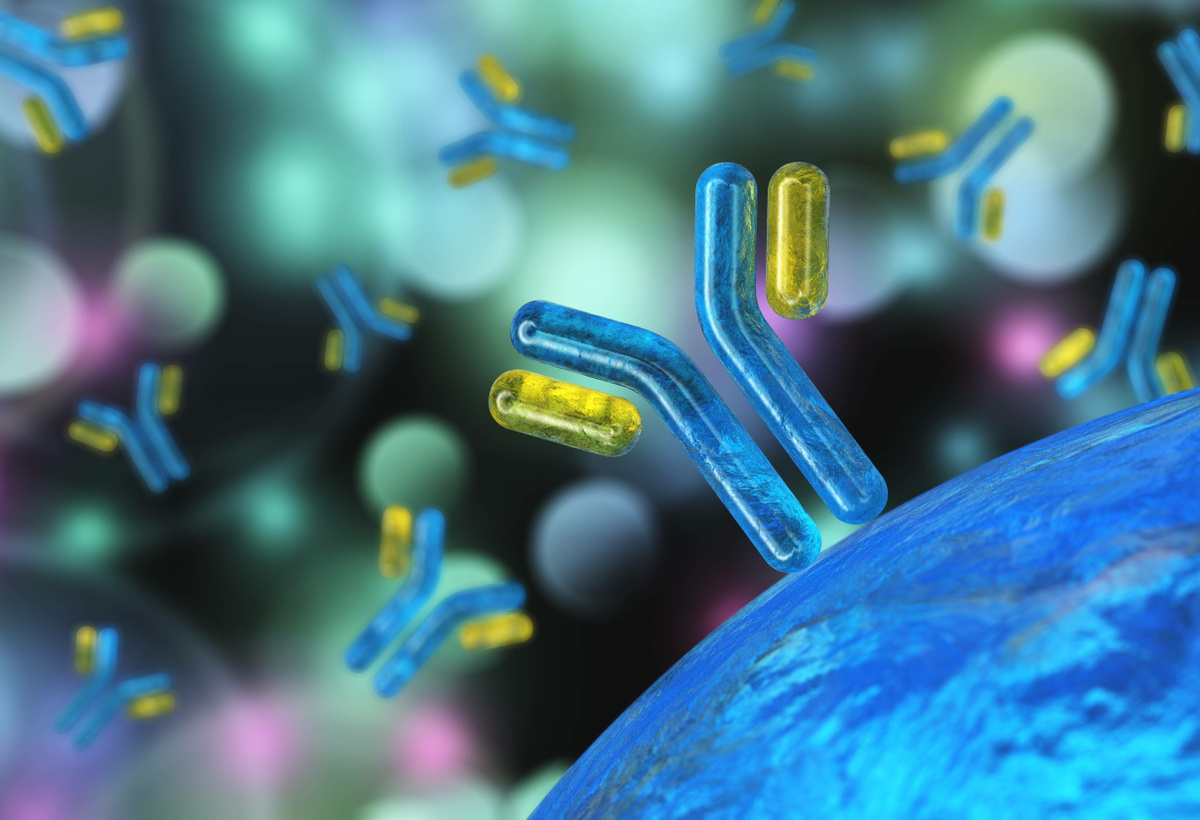Methods of Treating and Preventing Angioedema and Vascular Leakage
Peptides and antibodies that block vascular permeability induced in angioedema patients that are new targets for treatment.
Angioedema associated with C1-INH deficiency is an inherited or acquired condition that affects 20 per cent of the population. The condition can be disfiguring, painful and sometimes fatal. Existing treatments primarily replace or enhance the production of C1-INH, but these options are limited to availability, price, side effects, and long term risks. New therapeutic modalities that address these issues are sorely needed.
Researchers at Stony Brook University have identified proprietary peptides and antibodies that are being used in a novel mechanism of action to block the vascular permeability that is induced by the attack phase of plasma in the C1-INH deficient AE patients. This mechanism of action relates to blocking bradykinin (BK) production and the complement activation, key mediators of episodic AE.
 Please note, header image is purely illustrative. Source: ustas, stock.adobe.com/uk/212148709, stock.adobe.com
Please note, header image is purely illustrative. Source: ustas, stock.adobe.com/uk/212148709, stock.adobe.com
New target and compositions for the treatment of AE - Novel mechanism of action for blocking the production of BK and the complement activation
Diagnostic and therapeutic applications for hereditary and drug-induced AE.
Patented
In vitro data is available. Issued patent # 8,883,153
Available for license. The team seeks to develop and commercialize, by an exclusive or non-exclusive license agreement and/or sponsored research, with a company active in the area.
Development partner - Commercial partner - Licensing
Additional Information:
Patent Information:
| App Type |
Country |
Serial No. |
Patent No. |
Patent Status |
File Date |
Issued Date |
Expire Date |
|